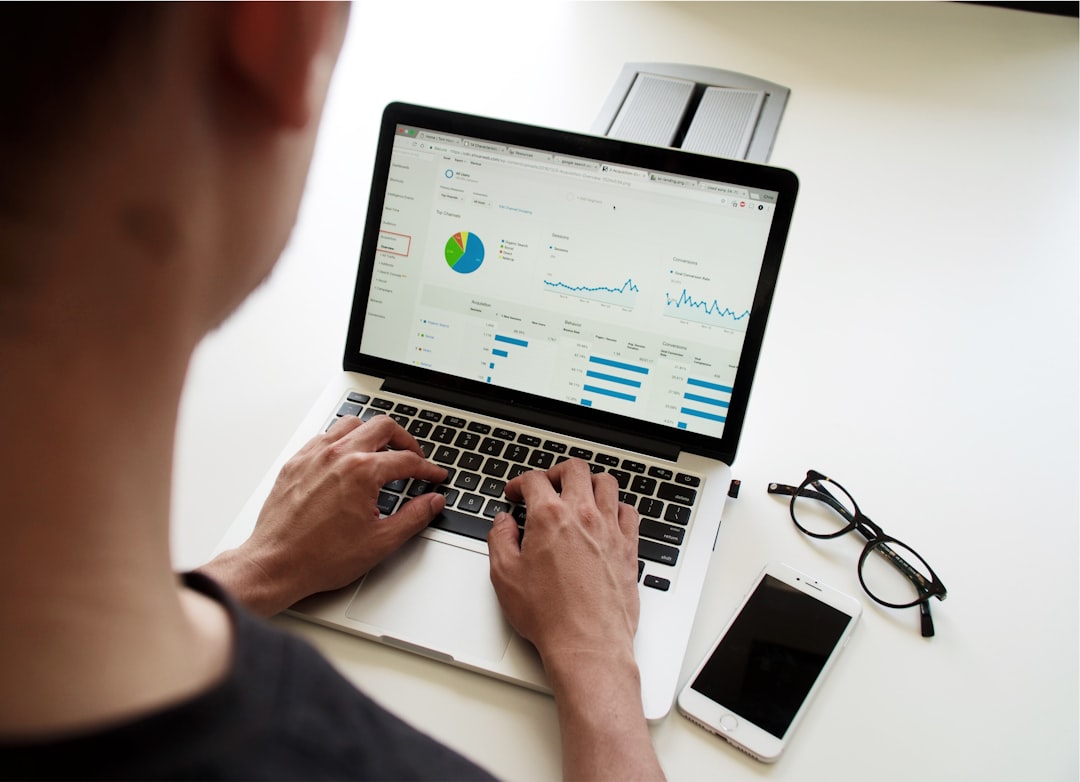
How to Stay Informed About Economic Changes: A Comprehensive Guide
# Introduction. Staying informed about economic changes is crucial for individuals, businesses, and policymakers alike. In a constantly evolving financial landscape, understanding economic indicators, trends, and shifts can guide investment decisions, influence business strategies, and inform personal finances. This blog post outlines effective ways to stay updated on economic changes, leveraging various resources and tools available today. # Understand Economic Indicators. Economic indicators such as the Gross Domestic Product (GDP), unemployment rates, and Consumer Price Index (CPI) provide insights into the health of an economy. Monitoring these indicators allows individuals to grasp economic trends over time. Websites like the Bureau of Economic Analysis (BEA) and the Bureau of Labor Statistics (BLS) regularly publish data on economic performance. Setting up alerts from these sources can ensure you receive prompt updates when significant changes occur. # Utilize News Platforms and Financial Websites. Reputable news outlets and financial websites are key sources for real-time updates on economic changes. Platforms such as Bloomberg, CNBC, and The Financial Times offer comprehensive news coverage, analysis, and expert opinions about economic conditions and their implications. Subscribing to newsletters from these platforms can help you stay informed without sifting through countless articles daily. Additionally, following their economics or finance sections ensures you focus directly on the relevant information. # Leverage Social Media and Economic Blogs. In today's digital age, social media and blogs can be treasure troves for economic insights. Following economists, financial analysts, or reputable businesses on platforms like Twitter or LinkedIn can provide real-time updates and diverse opinions on economic scenarios. Furthermore, blogs such as Paul Krugman’s blog or the Marginal Revolution by Tyler Cowen offer in-depth discussions on economic theories and policies, enhancing your understanding of current economic changes. Engage with these platforms to join discussions and gain multiple perspectives on economic issues. # Attend Webinars and Economic Conferences. Participating in webinars and conferences allows you to hear directly from experts in the field. Many organizations host free or low-cost virtual events discussing economic trends, forecasts, and changes. Websites like Eventbrite or professional organizations such as the National Association for Business Economics (NABE) often have a listing of upcoming events. Networking with professionals at these events can also provide insights that are not always accessible in written publications. # Utilize Economic Research Reports and Publications. Institutional economic research reports can provide profound insights into economic trends and forecasts. Organizations such as the International Monetary Fund (IMF) and World Bank publish comprehensive reports examining global economic conditions and policies. Reading these documents can enhance your understanding of not just national but international economic matters, helping to contextualize local economic changes within a broader framework. Consider subscribing to publications and reports from these entities for high-quality data. # Engage with Local Business Groups and Chambers of Commerce. Your local Chamber of Commerce or business groups can be excellent resources for understanding regional economic conditions. These organizations often host events where local businesses discuss their challenges and successes, providing insights into the local economy's health. Being an active member can help you network with other professionals who share valuable knowledge about economic changes affecting your community directly. # Conclusion. Staying informed about economic changes is vital for making informed decisions in both personal and professional contexts. By utilizing a blend of economic indicators, reputable news sources, social media, webinars, research publications, and local business groups, individuals can create a comprehensive strategy to stay educated about the economy. In an ever-changing world, being proactive in seeking out information will ensure you're well-prepared to anticipate and adapt to economic shifts. .









